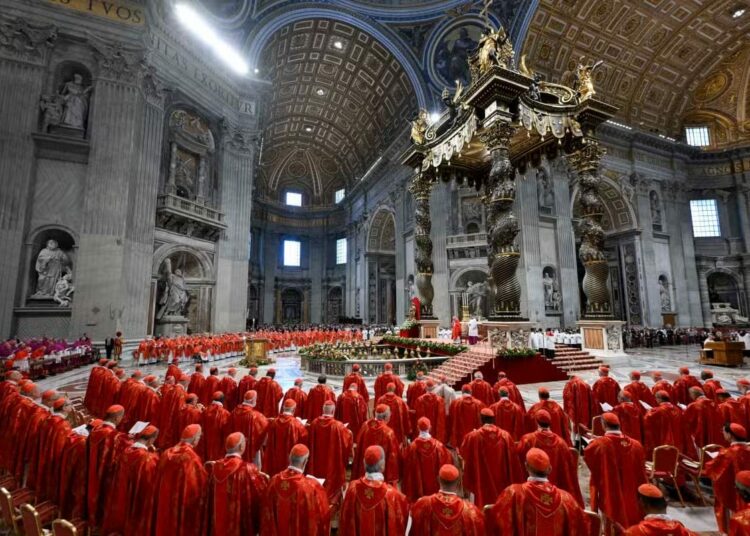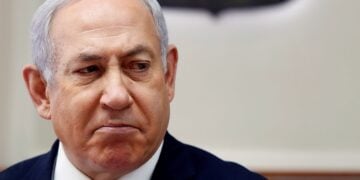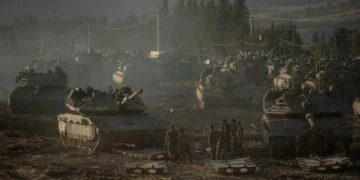A solemn hush fell over the Vatican as the world’s attention turned to the Sistine Chapel, where Catholic cardinals from across the globe took an oath of secrecy and commenced the sacred process of electing a new Pope.
Gathered under Michelangelo’s breathtaking Renaissance frescoes, the cardinals filed into the chapel on Wednesday in a centuries-old ritual. Each cardinal bowed at the altar and took their designated seat before the traditional Latin declaration “extra omnes”, meaning “everyone out” echoed through the holy space. With that phrase, the doors of the Sistine Chapel were shut, signalling the official start of the papal conclave.
Outside in St. Peter’s Square, crowds braved the spring air, eyes fixed on giant screens and ears tuned to loudspeakers broadcasting the cardinals’ oaths. The atmosphere was a mix of reverence and anticipation as the faithfuls awaited the first indication of a decision.
The cardinals are expected to cast their first secret ballot this Wednesday evening. As per Vatican tradition, the outcome will be signalled by smoke emerging from the chapel’s chimney: black for an inconclusive vote, white for the successful election of a new pope.
This ritual, steeped in history and symbolism, has taken place in the Sistine Chapel since the 15th century. Today, it unfolds in the same hushed reverence that has characterised previous papal elections for over 600 years.
Historically, the length of conclaves has varied dramatically. The longest on record, held from 1268 to 1271, lasted nearly three years before Pope Gregory X was chosen. The shortest, in stark contrast, concluded in just ten hours with the election of Pope Julius II in 1503.
In more recent times, the process has become significantly swifter. The conclave of 2013, which brought forth Pope Francis, concluded in just two days after five rounds of voting.
Should tonight’s vote be inconclusive, the cardinals will reconvene tomorrow Thursday for additional rounds. The process will continue until one among them secures a two-thirds majority , the threshold required to be named the next leader of the Roman Catholic Church.





